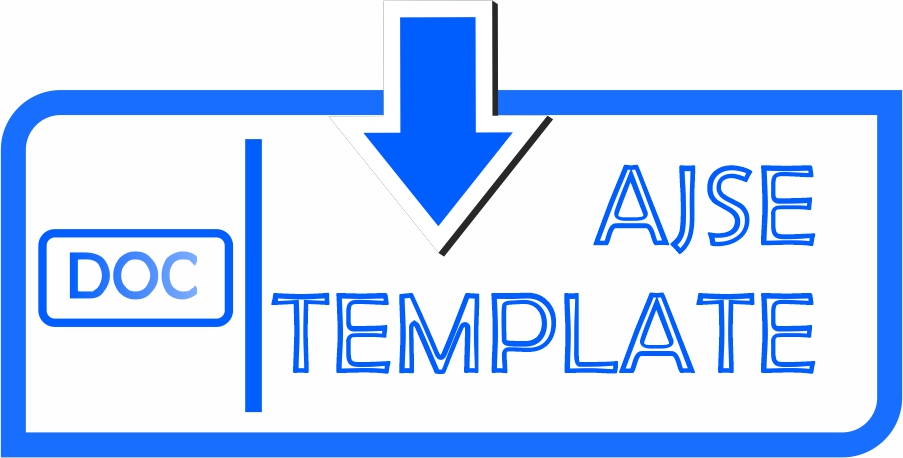AN IMPROVEMENT IN THE MOBILITY OF MANGKUBUMI YOGYAKARTA AREA WITH URBAN MODELING INTERFACE SIMULATION
FA Galih Sih Hartanta(1*), Arif Kusumawanto(2)
(1) Universitas Gadjah Mada
(2) Universitas Gadjah Mada
(*) Corresponding Author
Abstract
Mangkubumi Yogyakarta area is not only a strategic area in the city of Yogyakarta, which lies on the axis of philosophy, forming the spatial structure of the city of Yogyakarta but also a compact area with building facilities that function as offices, education, trade/services, worship, and settlements. The discourse of developing the site has long been announced as a supporting area for Malioboro tourism, and Tugu station developed into TOD (Transit Oriented Development), among others. In 2019, the research, development research aiming to find an area model supporting the realization of the maximum mobility value was carried out in Mangkubumi area to measure mobility levels in the area, and the results of this study found that the rate of mobility and walkability was 76 and 79 respectively.
The method used was a simulation of the Urban Modeling Interface (UMI) software to measure the value of mobility in regional models. The research step used area modeling, which was carried out in eight models. After the simulation, the best model with the highest mobility value was selected. The eight models were made based on the four road network patterns of Morlok’s idea (Grid, Spiral, Hexagonal, and Delta), each of which was designed to be two types, namely, type A and type B. Type A was a form of modeling by conducting interventions focused on residential building facilities, and type B was focused on all area building facilities. The finding of this research was that the best road network pattern was the Delta network pattern after intervening in all building facilities and after carrying out land use by placing residential building facilities at the center of the area and placing other building facilities on edge the area. This simulation resulted in a walkability score of 92 and bike-ability of 92. The score is the highest in the walk score ranking level. A value of 92 means that there are walker's paradise, daily business not requiring a car, and biker's paradise, daily affairs done by cycling.
Keywords
Full Text:
PDFReferences
Abley, S. & Turner, S. (2011) Predicting Walkability. NZ Transport Agency Research Report 452.114 pp.
Azmi, D.I., Kaya, F., & Ahmad, P. (2013). Comparative Study of Neighbourhood Walkability to Community Facilities between two precincts in Putrajaya. Asia Pacific International Conference on Environment-Behaviour Studies. London: Elsiver.
Bappeda Kota Yogyakarta. (2017). Perencanaan Pembangunan Kota Yogyakarta Tahun 2018. Disampaikan pada forum gabungan kabupaten/kota, 6 April 2017
Groat, L., & Wang, D. (2002). Architectural Research Methods. Canada: John Wiley and Son.
Haryadi & Setiawan, Bakti. (2002). Penyusunan Indikator-indikator Keberlanjutan Kota di Indonesia. Jurnal Manusia dan Lingkungan. Vol. IX. No. 3. November 2002, hal. 115 – 125.
IAP (Ikatan Ahli Perencanaan Indonesia). (2017). Indonesia Most Livable City Index 2017. Jakarta: IAP
Impresa, Joe Cortright. (2009). Walking the walk: How Walkability Raises Home Values in U.S. Cities. CEOs for Cities.
Indonesia, Menteri Agraria dan Tata Ruang/Kepala Badan Pertanahan Republik. (2017). Peraturan Menteri Agraria dan Tata Ruang/Kepala Badan Pertanahan Nasional Nomor 16 Tahun 2017 tentang Pedoman Pengembangan Kawasan Berorientasi Transit.
Indonesia, Presiden Republik (2017). Peraturan Presiden Republik Indonesia No. 59. Tahun 2017 tentang Pelaksanaan Pencapaian Tujuan Pembangunan Berkelanjutan.
ITDP (2013). Indicators for Sustainable Mobility.
Jaedun, Amat. (2011). Metodologi Penelitian Eksperimen. Yogyakarta: Fakultas Teknik UNY
Kota Yogyakarta. Peraturan Daerah Kota Yogyakarta No. 2 Tahun 2012 Tentang Bangunan Gedung
Kota Yogyakarta. Peraturan Daerah Kota Yogyakarta No. 2 Tahun 2010 Tentang Rencana Tata Ruang Wilayah Kota Yogyakarta
Kusumawanto, Arif dan Astuti, Zulaika Budi. (2014). Arsitektur Hijau dalam Inovasi Kota. Yogyakarta: Gadjah Mada University Press
Kusumawanto, Arif., dkk. (2019). Menuju Yogyakarta yang Berkelanjutan. UGM: Proposal Rispro
Kusumawanto, Arif., Hartanta, FA Galih Sih., Hijriyah, Linda. (2019). Tingkat Floor Area Ratio (FAR) dan Mobilitas Ramah Lingkungan pada Kawasan Mangkubumi Yogyakarta. UGM: Penelitian Studio Riset 2.
Morlok, Edward K. (1978) Pengantar Teknik dan Perencanaan Transportasi. Jakarta: Erlangga
Nugrahaini, Fadhila Tri. (2016). Titik Nol Kilometer Yogyakarta Menuju Pusat Kota Yang Berkelanjutan Melalui Simulasi Urban Modelling Interface (UMI). Tesis S2 Teknik Arsitektur Jurusan Teknik Arsitektur dan Perencanaan Fakultas Teknik Universitas Gadjah Mada.
Setiawan, Agus & Ikaputra. (2020). Tipologi pengembangan kawasan berbasis transit di kawasan station Maguwo, Yogyakarta. Jurnal Arteks. Vol. 5 – 402
Spoon, Steven Chadwick. (2005) What Defines Walkability: Walking Behavior Correlates. A Master of Regional Planning of the University of North Carolina
Yogyakarta, Pemerintah Daerah. (2018). Pemda DIY Sepakat Kembangkan Station Tugu Berbasis TOD https://www.jogjaprov.go.id/berita/detail/pemda-diy-sepakat-kembangkan-station-tugu-berbasis-tod. Diakses: Senin, 09 September 2020
Yogyakarta, Pemerintah Kota (2017). Isu Strategis Kota Yogyakarta.
Article Metrics
Refbacks
- There are currently no refbacks.
Copyright (c) 2020 ASEAN Journal of Systems Engineering

This work is licensed under a Creative Commons Attribution-ShareAlike 4.0 International License.
Universitas Gadjah Mada


